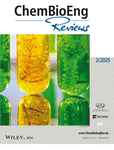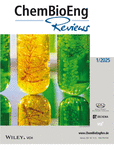ChemBioEng Reviews is a high-ranking chemical and biochemical engineering reviews journal publishing significant developments in chemical engineering and biotechnology. With a broad scope, the journal welcomes papers covering process development, optimization and control, particle technology, bioprocess engineering, separation technologies, sustainable production, apparatus engineering, and more.
ChemBioEng Reviews is a journal of the German Chemical Society (GDCh), supported by DECHEMA (German Society for Chemical Technology and Biotechnology), and VDI-GVC (VDI Society for Chemical and Process Engineering).
Journal Metrics
- 10CiteScore
- 6.2Journal Impact Factor
- 38%Acceptance rate
- 112 days Submission to first decision
Articles
Recent Developments in Nanoparticle Synthesis for Targeted Drug Delivery: A Comprehensive Review
- 7 July 2025
Graphical Abstract
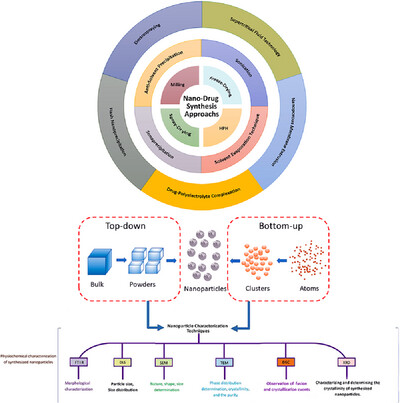
Advancements in Nanoparticle-Based Drug Delivery: A Comprehensive Review of Synthesis Methods for Enhancing Solubility and Bioavailability of Newly Discovered Drugs. This review explores various chemical and physical synthesis techniques, including nanoprecipitation, solvent evaporation, and milling, while emphasizing the importance of nanoparticle characterization. Understanding these methods is essential for optimizing formulations to improve therapeutic efficacy and minimize adverse effects.
Exploring Resource Recovery Technologies for Medicinal Cannabis Waste
- 1 July 2025
Graphical Abstract
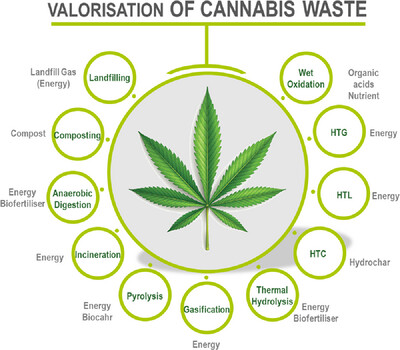
This review highlights the different types of sustainable treatment methods that are available for medicinal cannabis processing. There are challenges that occur throughout processing, mainly the legislative issues that issues from handling the waste. Several methods are discussed within this article on correctly treating medicinal cannabis waste in a way that is in-line with legislation.
Recent Advances in Catalyst Development for Enhanced p-Xylene Production via Toluene Methylation
- 28 June 2025
Graphical Abstract
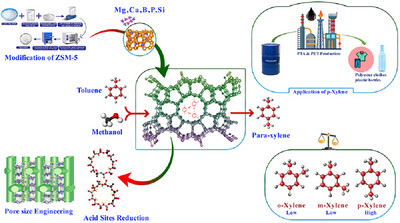
The review focuses on the advancements in the methylation of p-xylene from toluene, highlighting the significant role of surface acidity and pore size of ZSM-5 and modified ZSM-5 catalysts in this process. It analyses the characteristics of the toluene methylation mechanism, examining various synthesis strategies for catalysts and methods to enhance shape selectivity. Additionally, the discussion includes the influence of reaction temperature and pressure, as well as the reaction kinetics involved in alkylation reactions, providing a comprehensive understanding of the factors that affect the efficiency and selectivity of the methylation process.
Purification Strategies for Bacteriocins and Bacteriocin‐Like Inhibitory Substances (BLIS)
- 25 June 2025
Graphical Abstract

Innovative downstream approaches are reshaping how bacteriocins and BLIS are isolated from complex fermentation systems. By aligning separation techniques with peptide-specific traits, this review offers a roadmap for efficient recovery processes that bridge lab discovery with scalable production in food and health sectors.
Solvent-Aided Crystallization for Biodiesel Purification: A Review of the Technique's Proficiency
- 25 June 2025
Graphical Abstract
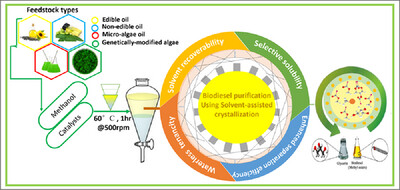
As the demand for biodiesel continues to grow, there has been a concerted effort among producers to ensure high-purity products. This is because residual impurities, even after purification, can compromise the fuel's stability, shelf life, and performance. This review provides a comprehensive overview of solvent-aided crystallization (SAC), highlighting its fundamental principles, factors affecting efficiency, and the role of selective solubility in effective purification. SAC is presented as a promising biodiesel purification technique that offers both economic and environmental advantages, including efficient solvent recovery and minimal waste generation, compared to conventional methods. The review also emphasizes the need for stronger policy support and continued research as indispensable mechanisms for advancing the wider adoption and commercialization of SAC as a green purification technology.
The following is a list of the most cited articles based on citations published in the last three years, according to CrossRef.
Removal of Heavy Metals from Industrial Wastewaters: A Review
- 37-59
- 1 February 2017
Graphical Abstract
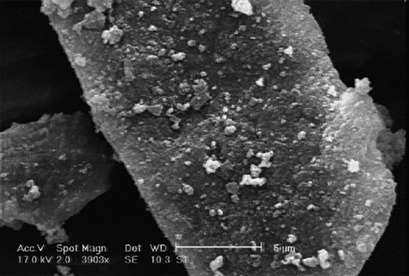
To combat the shortage of fresh drinking water, the reuse of wastewater is becoming increasingly important. However, these wastewaters often contain toxic pollutants mostly coming from industrial sources. This review discusses efficient treatment strategies to remove heavy metals from wastewater with regard to their mechanisms and efficiencies.
A Review on Chitin and Chitosan Polymers: Structure, Chemistry, Solubility, Derivatives, and Applications
- 204-226
- 30 April 2015
Graphical Abstract

Chitin and chitosan are biopolymers with unique characteristics having immense structural possibilities for chemical and mechanical modifications. New properties, functions, and applications can be generated, e.g., for tissue engineering and pharmaceutical uses such as drug delivery and cancer treatment, agricultural, food and nutrition, cosmetics, water engineering, pervaporation and much more.
Biosynthesis of Metal and Metal Oxide Nanoparticles
- 55-67
- 18 March 2016
Graphical Abstract

Plant extract-mediated nanoparticle synthesis is gaining interest due to the ability to reduce toxicity of nanoparticles. The presence of phytochemicals in plants plays a significant role in initiating the reduction of metal precursors, contributing to the stabilization process, and helps in the formation of metal and metal oxide nanoparticles. This review highlights that, among phytochemicals, flavonoids are responsible for plant extract-mediated nanoparticle formation.
Bioethylene Production from Ethanol: A Review and Techno‐economical Evaluation
- 75-91
- 31 March 2017
Graphical Abstract
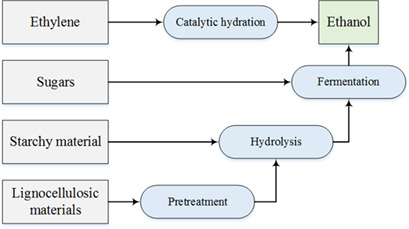
Bioethylene production from bioethanol is considered an alternative to the fossil-based route. Although processes for the use of 1st generation bioethanol already exist, 2nd generation bioethanol has so far not been covered. This review summarizes different production methods and analyses the effects of impurities in the ethanol as well as the storage tank capacities on the overall process costs.
Mineralization of Carbon Dioxide: A Literature Review
- 231-256
- 11 May 2015
Graphical Abstract

Due to the rising carbon dioxide levels in the atmosphere, carbon capture and storage methods are being researched. Carbon mineralization is reviewed as an alternative to conventional geologic storage. In situ mineralization is a component of underground geologic sequestration, while in ex situ mineralization, the carbonation reaction occurs in a separate reactor or industrial process.
Recent issues
- Volume 12, Issue 3June 2025
- Volume 12, Issue 2April 2025
- Volume 12, Issue 1February 2025
- Volume 11, Issue 6December 2024





